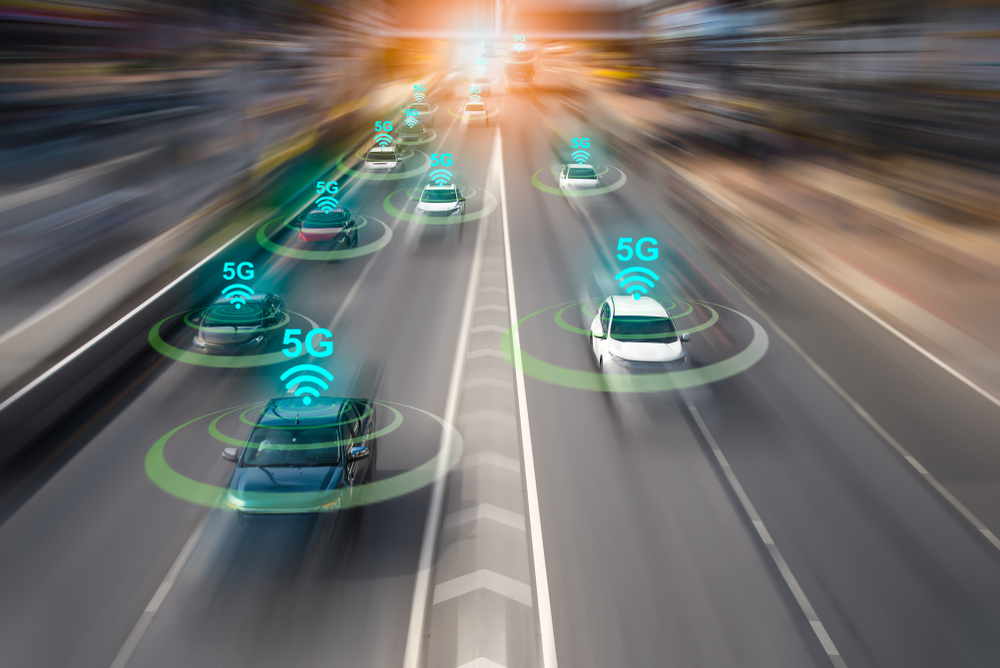2023 looks set to be the year in which 5G’s true high-speed capabilities are unleashed. Since going live in 2019, momentum has been building: more core 5G launches were announced in 2022 than in 2021. GSMA Intelligence shows that 5G connections are set to double by 2025, with new 5G network deployments in more than 30 countries in 2023 alone; as of January 2023, there were 229 commercial 5G networks globally. The big change is that all but one of the launches announced for 2023 are standalone (versus 75% non-standalone in 2022).
What’s the difference? Standalone vs Non-standalone 5G
Non-standalone 5G (NSA) deployments leverage existing 4G LTE core network for functions such as mobility management and user authentication. The 5G radio access network provides the enhanced data rates, lower latency and other benefits of 5G. Because it doesn’t require a completely new core network, this deployment option allows for faster, more cost-effective implementation.
Standalone (SA) 5G networks operate completely independently of 4G LTE. They have their own core network to enable the full range of 5G capabilities and services.
The killer app is speed
2G was about digital voice, 3G brought web browsing and 4G opened the era of mobile broadband. 5G’s 1Gbps download speeds and near-zero latency will enable almost immediate responsiveness, the ability to control devices in near-real time, and consistently high data rates, even when users or devices are moving around. Critically, 5G uses Radio Access Networks (RANs) that free connectivity from base station proximity, moving to the edge via small cells anchored to lampposts, traffic lights or buildings. With cloud-native microservices-based architecture and distributed edge computing, 5G will bring cloud resources close to vehicles.
The specification also includes Enhanced Mobile Broadband (eMBB) for high-bandwidth wireless connection, Ultra-reliable Low Latency Communications (URLLC) to ensure low latency, and mMTC (massive Machine-type Communications) to support the high connection density of online devices. Massive MIMO builds on existing MIMO technology to add a ‘massive’ number of antennae to improve throughput and energy efficiency.
5G on the road
From an automotive perspective, the ability of 5G-connected vehicles to stay in seamless communication with each other and the infrastructure around them while on the move could transform everything from road safety to traffic congestion and fuel optimization.
For automotive OEMs and transport providers, autonomous driving is an obvious destination. In the meantime, current and near-future services will be enhanced immediately: less congestion will enable buffer-free infotainment and streaming services, Over-the-Air (OTA) updates, fleet telematics and on-demand subscription-based services. On the factory floor, low-latency information exchange between equipment, sensors and analytics software will drive new insights, speed up production processes and enable custom-vehicle development. The share of 5G-connected cars that are actively connected to a 5G service is expected to reach 94% by 2028.
The connected car’s future is here
5G will disrupt many industries, but its capacity to re-shape automotive is profound: millions of vehicles globally already connect to mobile networks for everything from real-time navigation to infotainment. As 5G’s footprint expands, vehicle-to-everything (V2X) and production at the pace of innovation are rapidly becoming realities: by 2027, it’s projected to account for 23% of automotive cellular connections. The vehicle is becoming an element of the network and will benefit from all of the information and applications that come with it.
As 5G expands the commercial scope of the automotive industry, Cubic Telecom’s technologies are helping some of the world’s leading agriculture, automotive and transport brands to maximise the opportunities. To learn more about how 5G is accelerating connected car services, and what it means for the automotive industry, download your copy of 5G: driving the future of connected vehicles today.

